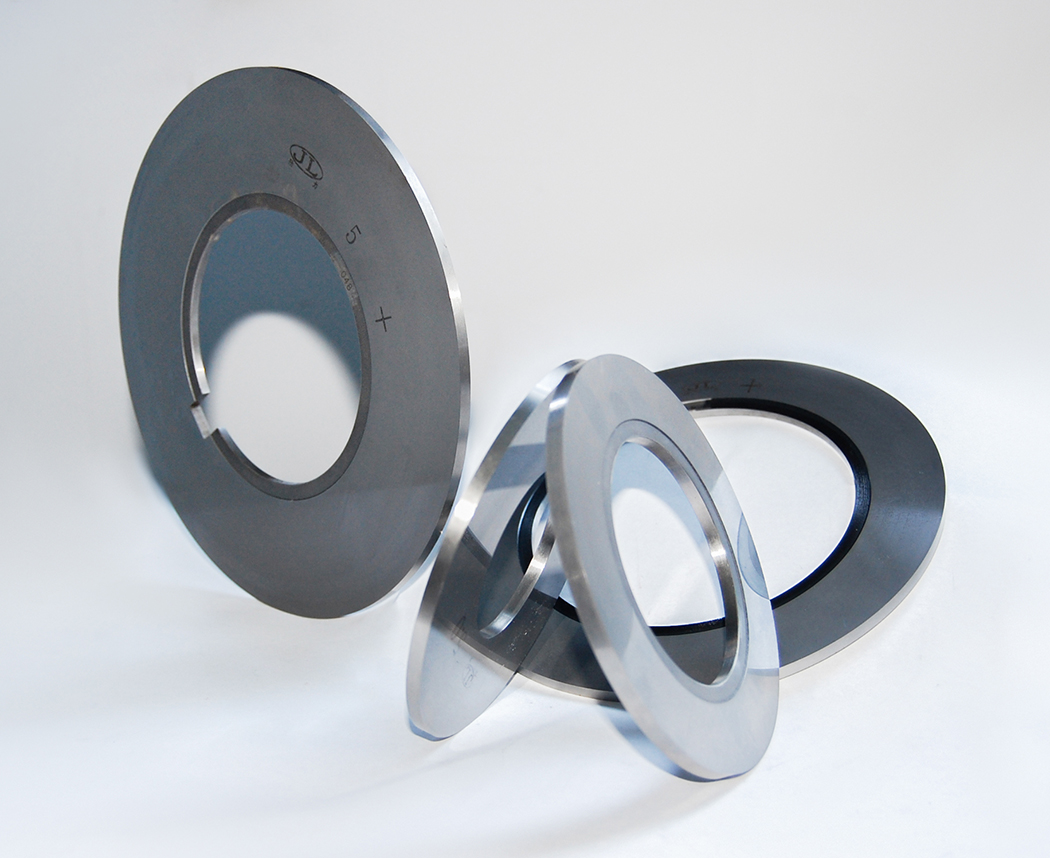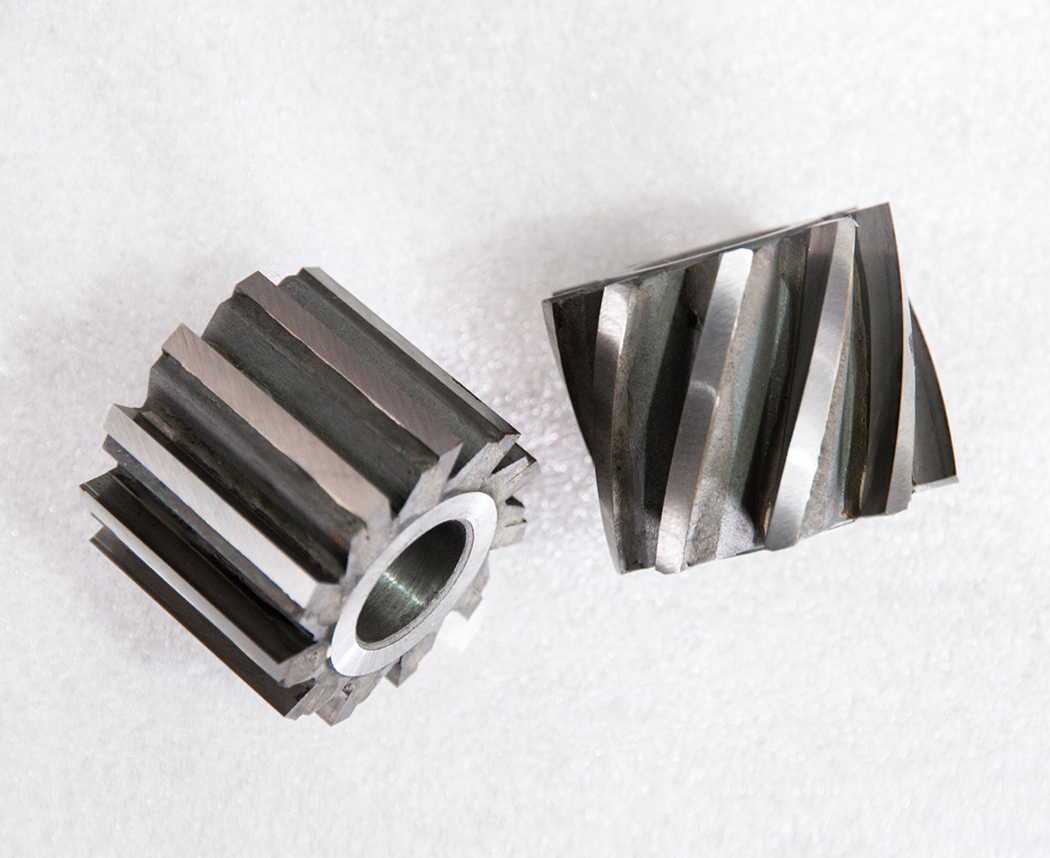News Center
Recommending Products
Contact: Mr. Jin
Tel: 13901575780
0512-52428686
Contact: Mr. Zha
Tel: 13913639797
0512-52422071
Address: No. 59, Huyi Road, Liantang, Shanghu Town, Changshu City, Jiangsu Province.
What is the main function of high-speed steel three sided milling cutter with staggered teeth
High speed steel staggered three sided milling cutter is a typical multi edge groove milling tool in metal cutting. Its core function is to perform high-precision and high-efficiency groove processing, step processing, and side milling on metal workpieces. With the toughness advantage of high-speed steel material and the chip removal characteristics of the "staggered" structure, it is suitable for milling scenarios of medium and low hardness metals (such as carbon steel, alloy steel, cast iron, etc.). The specific functions can be expanded from three aspects: processing function, performance advantages, and applicable scenarios:Sources:www.fhc018.com | PublishDate:2025.09.03
1、 Core machining function: correctly complete the three key cutting types of "groove, table, and surface"
The "three sided edge" (referring to the cutting edge of the tool's circular edge and the end face edges on both sides) and "misaligned teeth" (referring to the alternating arrangement of the blade/tooth on the circumference) structure of the high-speed steel misaligned three sided milling cutter determine its core machining capability, which can be specifically achieved:
1. Groove processing (primary function)
The core application scenario of this tool is to mill open grooves of equal width and depth on the surface of the workpiece (the two side walls and bottom surface of the groove need to be flat).
Processing characteristics: By synchronously cutting the bottom surface of the groove with the circumferential edge and the side walls of the groove with the two end faces, the "bottom surface+two side walls" of the groove can be processed with one feed, without the need for multiple tool changes or milling, ensuring the width accuracy of the groove (usually up to IT9-IT10 levels) and the perpendicularity of the side walls to the bottom surface (≤ 0.02mm/100mm);
Typical applications: milling tool grooves for shaft workpieces, tooth root grooves for gears, positioning grooves for mold templates, oil grooves/weight reduction grooves for mechanical parts, etc.
2.Step processing (auxiliary function)
Used to mill step surfaces with clear height differences on the surface of the workpiece (i.e., the workpiece is partially removed by milling to form a "step like" structure).
Processing principle: Using the tool's "circular edge milling the vertical surface of the step+end edge milling the horizontal surface of the step", by controlling the feed depth and lateral displacement of the tool, the height (vertical direction) and width (horizontal direction) of the step are correctly controlled;
Typical applications: milling step surfaces of flanges, protrusions of box parts, step positioning surfaces of shaft sleeve parts, etc.
3. Side milling (supplementary function)
It can perform precision milling on the flat surface of the workpiece, especially on narrow planes or sides, replacing the function of some flat milling cutters.
Adaptation scenario: When the width of the workpiece plane is small (matching the "edge width" of the three sided milling cutter), or when it is necessary to mill both the plane and adjacent side surfaces simultaneously, the end face edge of the tool can be used to mill the plane, and the circumferential edge can be used to mill the side surface, completing multi-faceted machining in one go;
Typical applications: milling the side of small parts, the reference plane of narrow workpieces, auxiliary planes on both sides of grooves, etc.
2、 Performance advantage: Suitable for efficient cutting of low to medium hardness metals
The combination of high-speed steel (HSS) material and "misaligned" structure gives this tool significant advantages in cutting low to medium hardness metals (≤ 30HRC), further enhancing its machining performance:
1. High speed steel material: balancing toughness and cutting performance
High speed steel (such as W18Cr4V, W6Mo5Cr4V2) has high red hardness (maintaining cutting hardness at 500-600 ℃) and toughness. Compared with hard alloy cutting tools, it is more impact resistant and less prone to chipping. It is suitable for processing metal workpieces with "slight impurities or hardness fluctuations" (such as hot-rolled carbon steel and cast steel), and can be repeatedly sharpened after tool wear, reducing the cost of use.
2. Wrong tooth structure: solving the pain point of "chip jam"
The traditional straight tooth three sided milling cutter has tightly arranged teeth, which makes it easy for chips to accumulate in the groove and rub against the surface of the workpiece during cutting, resulting in scratches on the groove wall or dimensional deviations; The "misaligned" structure (where the teeth alternate and shift to both sides) can form a "spiral chip discharge channel" when the tool rotates. The chips can be quickly discharged from the groove along the channel, reducing friction between the chips and the workpiece/tool. This not only improves the surface roughness of the machining (up to Ra1.6-Ra3.2 μ m), but also avoids tool overheating and wear caused by poor chip discharge.
3. Multi edge cutting: improving machining efficiency
The circular edge and end edge of a three sided milling cutter are both effective cutting edges, and the staggered structure increases the number of teeth involved in cutting at the same time (compared to straight teeth, the cutting edge of a staggered tool contacts the workpiece more evenly). At the same feed rate, the cutting efficiency is increased by 30% -50% compared to single or double-edged tools, making it suitable for efficient machining in mass production.
3、 Typical application scenario: Focusing on the processing needs of "medium and low hardness metals+high precision requirements"
The material and structural characteristics of high-speed steel three sided milling cutters with staggered teeth determine that they are mainly suitable for milling low to medium hardness black metals. Common application industries and scenarios include:
General mechanical manufacturing: machining tool grooves for shaft and disc parts (such as bearing tool grooves for motor shafts), positioning grooves for gearbox parts, lubrication grooves for machine tool guides, etc;
Mold and fixture manufacturing: milling the guide column groove of the mold template, the T-shaped groove of the fixture base (which needs to be matched with a T-shaped groove milling cutter, but the initial groove body can be processed by a three sided milling cutter), the discharge groove of the stamping mold, etc;
Automotive parts processing: Processing tooth root slots for automotive transmission gears, installation positioning slots for engine brackets, weight reduction slots for chassis parts, etc. (for materials such as low carbon steel and alloy structural steel);
Processing of agricultural machinery and engineering machinery parts: milling the backlash groove of agricultural machinery gears, the step surface of engineering machinery pin shafts, the oil passage groove of hydraulic valve bodies, etc. (suitable for wear-resistant materials such as cast iron and medium carbon steel).





